No Result
View All Result
On 14th June forward patrols revealed that the Observation Post had come up again , erected by the Chinese troops. To Colonel Santosh Babu, Commanding Officer of 16 BIHAR Battalion under whose jurisdiction the responsibility lay , the news was a bit disconcerting. He had even told his worried father who had called him to enquire if all was well , not to discuss any Operational matters and assured him that he was doing fine.
That night Colonel Santosh Babu knew that he had a job cut out. One of his Company Commanders would be tasked to talk to the Chinese manning the Observation Post and persuade them to vacate the area and honour the decision of their commanders.
For ease of understanding , the whole Operation can be explained by dividing it into three distinct phases. These phases were not planned because Indian troops had not anticipated what was cooking in the Chinese Commander’s mind. But this is how the entire Operation panned out.
On 15 June the fateful day , atmosphere at the 16 BIHAR Battalion HQ was a bit tense as the matter had to resolved soon since Chinese troops had violated the terms of agreement. Considering the seriousness of the situation Colonel Babu decided to personally talk to the Chinese troops manning the post and have the tents removed. It was a decision that was beyond the call of duty.
In the evening while there was still bright sun , Colonel Santosh Babu decided to lead the delegation of few unarmed men to the Observation Post. All activities along the LAC by troops from both sides was carried out without weapons as a measure to minimise the possibility of clashes. This had withstood the test of time and had proved very effective since there was not a single incident of armed clash. Most meetings between local commanders were held with troops who were unarmed.
It was 7 PM by the time Colonel Babu along with his troops reached the hill where Chinese had put up their tents as Observation Post. As he clambered up to the Post , he was confronted by a very hostile group of PLA soldiers. Col Babu who was familiar with the earlier PLA troops deployed in that area had been meeting them regularly was surprised to see all new faces. These were total strangers who had replaced the earlier troops and appeared belligerent. This it appears was deliberately done to force a show down. Apparently this was a pre meditated action by the Chinese to provoke the Indian troops. One of them menacingly approached the Indian Colonel and hurled a volley of choicest abuses. Colonel Babu true to his nature kept his cool and firmly told the PLA soldiers to remove the tents. This enraged the Chinese soldier who was now within striking distance and physically assaulted and pushed Col Babu. It was enough to trigger intense anger and emotions among the Bihari troops accompanying their Commanding Officer and soon there was spontaneous reaction as they got into brawl with their Chinese counterparts. Chinese soldier’s behaviour was an act of grave provocation which resulted in a free-for-all hand to hand skirmish with the PLA troops. Some men from both sides were injured in the clash which apparently seemed a minor scuffle.
Col Babu soon brought the situation under control and ordered his injured men to return to the camp.
This was the end of the first phase of the violent faceoff. This phase saw frayed tempers and a few injuries.
Having sensed something fishy, Col Babu was quick enough to infer that the Chinese were upto some big mischief. Anticipating trouble he sent few men to his HQ with instructions to despatch quick reinforcement. In the meantime he stood his ground with just handful of troops sans weapons , a bizarre situation considering two of world’s largest armies were within distance of exchanging blows.
By 7 PM the reinforcement had arrived but by now it was dark and the mercury level had plummeted to below zero. The word had spread that their ‘CO Saheb’ had been manhandled by a Chinese soldier. This is something difficult for Infantry soldiers to stomach. Considered by soldiers as a father figure troops in the Infantry can be very touchy if the Commanding Officer is insulted or harmed.
Meanwhile, word had got around that the Chinese were holding some our Indian soldiers captive.The reinforcement detachment which had fetched up by then was fully charged and seething with rage. They pulled down the tents and destroyed them.
At this stage Colonel Babu alongwith few PLA troops who had been taken captive by Indian troops , went to hand them over to the Chinese. This was meant to be a good gesture to cool tempers. But the Chinese who had other ideas were in hostile mood. In such charged atmosphere , extreme weather conditions and darkness it was difficult to hold back pent up anger. The furious troops from both sides assaulted each other. Indian troops attacked the PLA soldiers who had by now brought more troops that were deployed in their depth areas. But this time they had come fully prepared. It is apparent that they had meticulously planned before hand because their modified armoury consisted of stone-age weapons. They had brought spiked sticks , clubs wrapped with barbed wire and crude tools to be used as assault weapons. These could not have been prepared at such notice. Galwan valley is totally barren with just boulders and rocks. The weapons used by Chinese were made of materials not easily available in the close vicinity.
In the melee both sides sustained grievous injuries. Indian soldiers who were numerically outnumbered were totally surprised as they had not anticipated that the situation would turn so ugly. They were unaware of China’s trickery and duplicitous intentions and suffered fatal injuries. This second part of clash was fought along narrow ridge where there was hardly any space even to stand. Those who slipped or lost balance fell into the roaring river below. Bihari boys engaged the Chinese soldiers in a fist battle and beat them with such savagery that scores of Chinese soldiers were badly injured and fell into the river. Dead bodies of both sides lay scattered. This round of clash which had lasted about half an hour was the most barbaric and violent clashes of the night.. Even under such pressure both sides handed over bodies of fallen soldiers and tended to the wounded. This phase saw fighting in two different areas not very far from Patrol Point 14. By 11 PM the second brawl had ended. PLA which had highly underestimated the Indian troops’ reaction was stupefied and was on the retreat. Their plan to brow beat the Indian troops had backfired badly.
The second skirmish was the fiercest. There were 18 Indian soldiers dead including Col Santosh Babu and scores of them badly injured. Casualties on the Chinese side were much higher, though China officially has never admitted till date. Individual media reports from Western countries too have placed the PLA casualties twice or even thrice that of Indian soldiers. Some even estimated Chinese casualties in excess of a hundred. Interviews with eye witnesses and those who actually involved in the scuffle reinforce such reports. Global Times the official China mouth piece never challenged these reports.
The third phase of the face-off occurred around midnight and continued until first light on 16 June. Here it was spread over much wider area and was sporadic. Poor visibility , weather , low oxygen and treacherous terrain saved both sides from fight getting intense. There were very few casualties during this five hour fight. Both sides were busy searching and evacuating casualties and retrieving dead bodies.
Galwan will go down as the most savage scuffle fought between two of world’s most populous nations having the largest armies and nuclear arsenal to match . They fought with fists, stones, and sticks which resultant in over hundred deaths. The irony of the tragic happening was not lost. But for the poignancy of the situation the incident could well have been dubbed a black comedy.
A major take away from the tragic incident was a message that the Indian Army sent out that was loud and clear. ‘Don’t mess with us, or else you will get back ten times what you give’. Since then China’s oft repeated threats reminding India of 1962 debacle ad nauseum has stopped for good.
In recognition of their heroic feats and valour Government of India conferred bravery awards posthumously to all those who had died in the operation. Col Santosh Babu was awarded Maha Veer Chakra , nations second highest award for bravery in the face of enemy. Others were awarded Veer Chakra and Sena Medals.
On the eve of Galwan Heights anniversary, IIRF salutes Col Santosh Babu, MVC (P) and his brave boys who fought like Lions and laid down their lives. We are proud of our Army.

India Bows Its Head With Respect and Pays homage to its Gallant Boys
Jai Hind
Col (Dr) Vijay Chenji
President, IIRF
No Result
View All Result




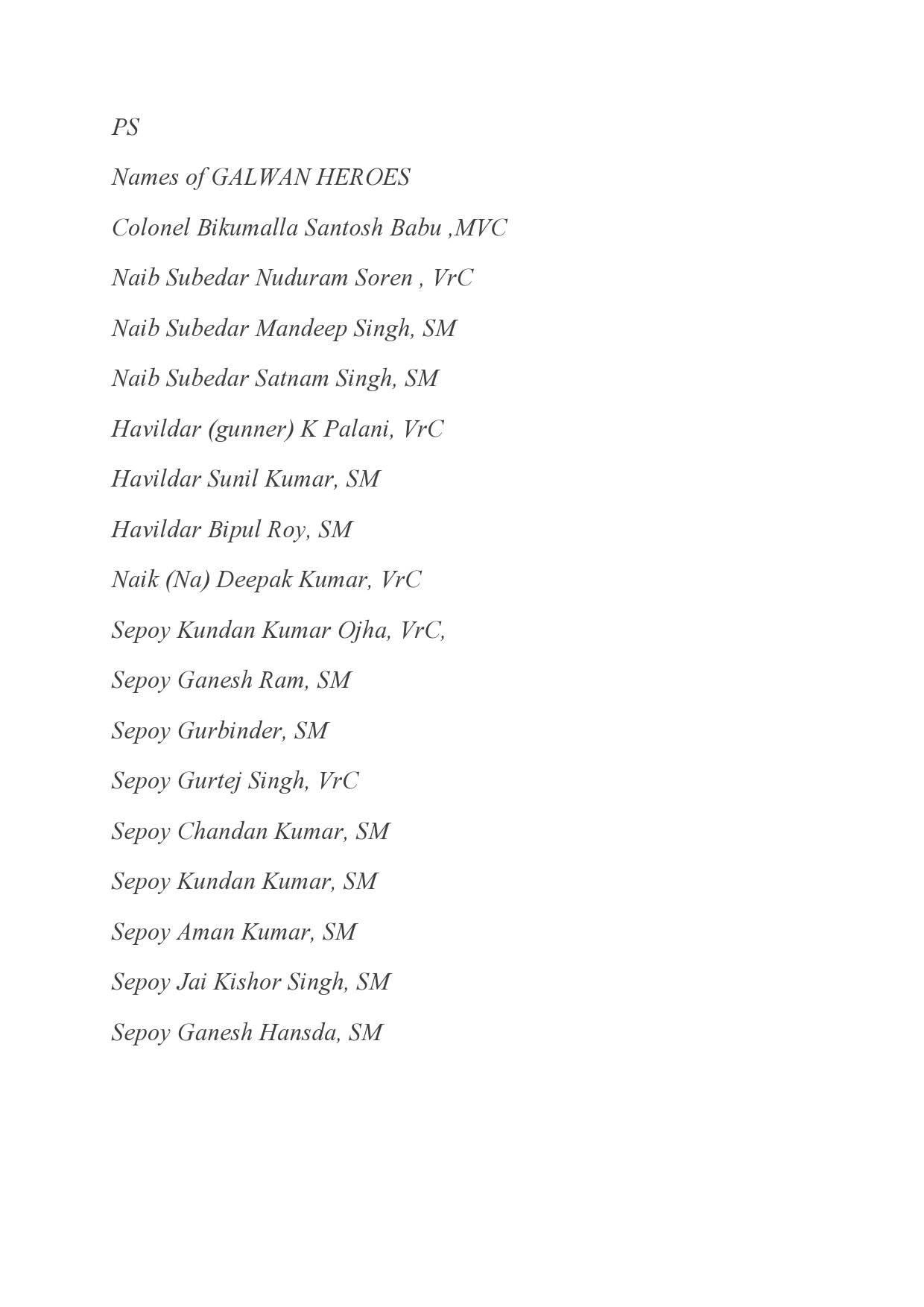
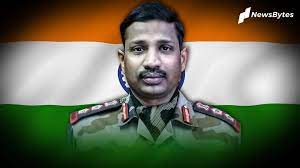

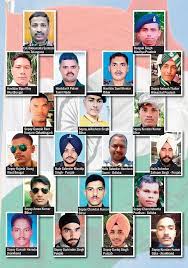
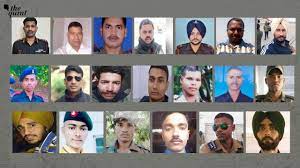
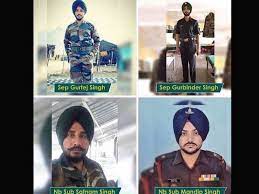
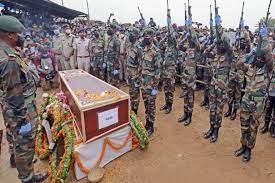
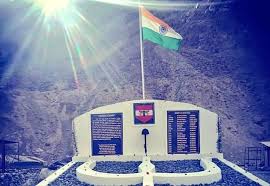







Wonderful article sharing your gratitude for the wonderful men who sacrificed their lives at Galwan on the night 15/16 June 2020. Their reaction to the unsoldierly action by the PLA was the tipping point in Indo-Chinese Relations. The economic losses suffered by them has been immense. we will ever be grateful to Babu and his wonderful warriors!
Great article and chronicle of the recent clash. Invaluable for all scholars of Military Science and History.